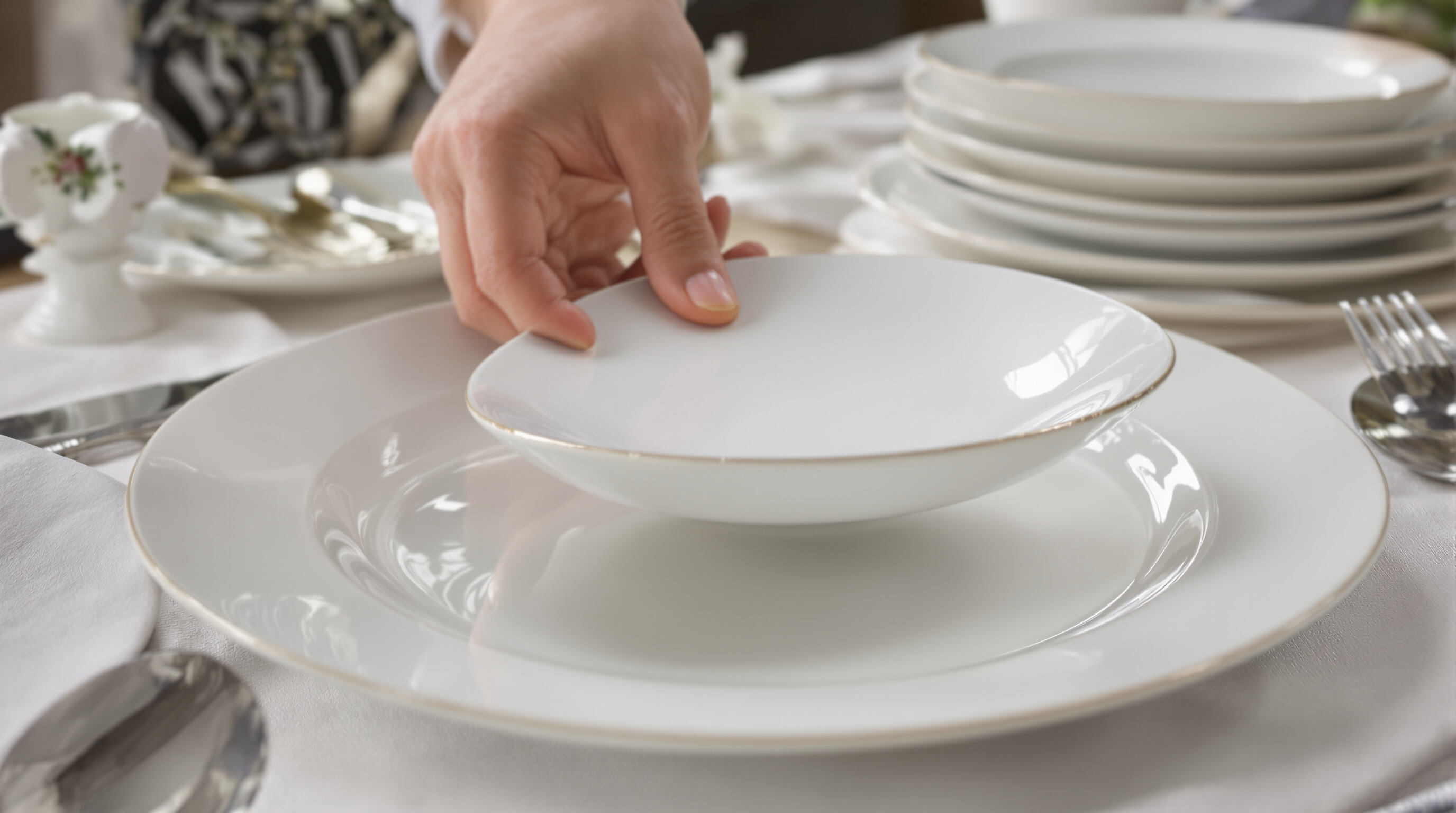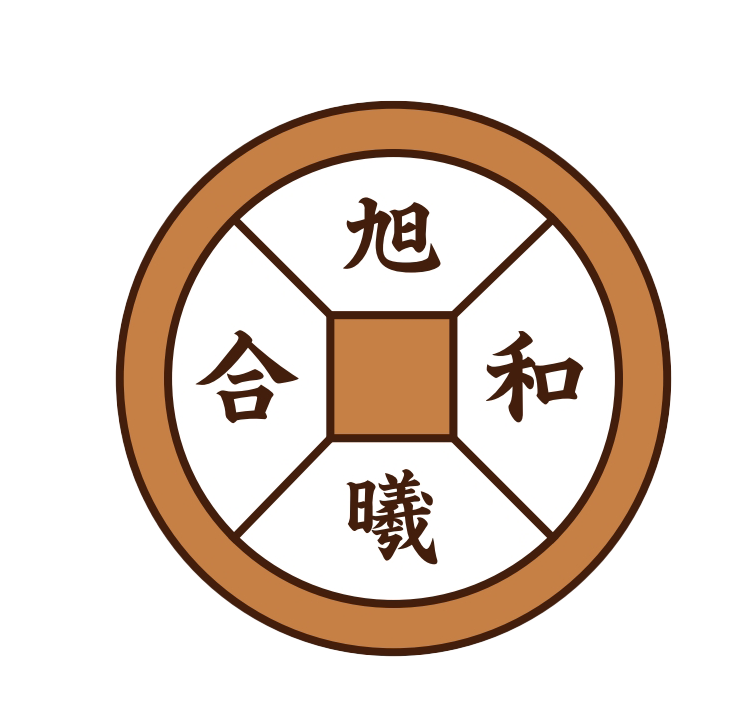Superior Translucency and Elegant Aesthetic of Bone China Dinnerware
The Science Behind Bone Ash and Light Transmission
What makes bone china so special is its amazing transparency, which comes down to what it's made of. Around 30 to maybe even 50 percent of the mix is actually bone ash, created when animal bones get super heated. This stuff contains calcium phosphate, and when fired in the kiln, tiny little holes form throughout the clay body. These microscopic spaces let light pass through the material rather than bouncing off it. When mixed with other materials like kaolin and feldspar, everything melts together at really high temperatures, somewhere around 1200 degrees Celsius or thereabouts. The result? A material that's surprisingly strong but still lets light shine right through it. Bone china isn't like celadon, which looks completely solid and opaque. Instead, it manages to strike just the right balance between being tough enough for everyday use while still having that beautiful glow that reminds many people of those old jade pieces found in museums.
Visual Appeal in Formal Dining: Why Transluncency Matters
Bone china has that gentle glow which really makes formal tables pop when layers are involved. Light hits those plates and teacups just right, casting these soft shadows that actually help highlight what's on them, especially stuff like clear soups or multi-layered desserts where presentation matters so much. Regular celadon just doesn't do this same thing because it's too opaque all over. That's why most top notch restaurants go for bone china instead, particularly during special occasions where they need complete control over how everything looks. And let's face it, there's something magical about how translucent bone china makes food colors look more vibrant, almost transforming regular dinners into something worth photographing for Instagram.
Case Study: Bone China in Royal and Luxury Tableware Collections
When members of the British royal family started using bone china in the 1800s, it really helped establish the material as something luxurious and exclusive. Today's top manufacturers still make collections that carry forward this legacy, creating designs where the translucency becomes almost like magic in how it looks when light passes through. According to a recent survey of upscale hotel suppliers conducted last year, around eight out of ten actually keep bone china on hand specifically for their VIP guests. They say this choice makes events feel significantly more prestigious than if they used regular stoneware or celadon dishes. What makes these plates so special? Look closely at the edges - many have detailed paintings that seem to hover just above the clear porcelain surface, combining centuries old craftsmanship techniques with beautiful artistry that continues to impress even today.
Composition and Manufacturing: How Bone China Achieves Strength and Refinement
Key Ingredients: Bone Ash, Feldspar, and Kaolin
What makes bone china so special comes down to how it mixes different ingredients together. Around 30 to 50 percent of it is made up of something called calcined bone ash, usually from cows. This component forms a kind of calcium phosphate framework inside the porcelain. The result? Better light passing through the material plus added toughness. Then there's kaolin clay making up about 25 to 30 percent of the mix. This stuff gives the clay body enough flexibility to work with when shaping pieces. Feldspar completes the trio at roughly 20 to 25 percent. During the firing process, feldspar melts at lower temperatures than other materials would on its own. This helps everything bond properly without needing excessive heat, which is why bone china can achieve such a smooth finish despite being fired at high temps.
Vitrification Process and Its Impact on Density and Durability
Bone china gets fired around 1200 to 1250 degrees Celsius, about 150 to 200 degrees cooler than regular porcelain. This temperature difference allows for partial melting without fully turning everything to liquid. The controlled glass-like transformation actually helps bond all those tiny particles together in what becomes sort of an interlocking crystal structure. The resulting material reaches a density of approximately 2.55 grams per cubic centimeter, compared to just 2.4 for porcelain. This higher density makes bone china better able to handle sudden temperature changes and physical impacts without cracking. Research indicates that this manufacturing approach boosts the material's ability to resist fractures by roughly 18 to 22 percent when compared against standard ceramic products.
Comparative Analysis: Bone China vs. Celadon Firing Techniques
Celadon pottery is made using a reduction firing process around 1250 to 1300 degrees Celsius where there's little oxygen available during kiln firing. This technique focuses mainly on developing beautiful glazes. Bone china takes a different approach altogether by employing oxidation firing methods that actually enhance the clay body itself. Celadon pieces typically need several layers of glaze applied before firing to achieve that distinctive jade green appearance. But bone china works differently it gets glazed just once at very high temperatures. The glaze then forms a strong bond right down to the ceramic base material. This creates a thin protective layer about half a millimeter thick that resists wear while still allowing light to pass through, keeping that prized translucent quality intact over time.
Durability and Practical Performance in Real-World Use
Flexural Strength and Resistance to Chipping
Bone china offers 25% higher flexural strength than celadon, thanks to the fusion of bone ash and kaolin, which forms a tightly bonded molecular structure resistant to microfractures. In stress tests simulating restaurant dishwashing cycles, bone china endured over 1,200 impacts before showing damage, significantly outperforming celadon’s average of 800 cycles.
Thermal Shock Resistance in Commercial and Home Settings
With a low thermal expansion coefficient, bone china withstands abrupt temperature shifts up to 300°F without cracking—essential for high-heat ovens or commercial dishwashers. According to a 2023 National Restaurant Association study, it reduced thermal-related breakage by 68% compared to celadon in fast-paced catering environments.
Case Study: Bone China in High-Volume Restaurants and Hotels
After making the switch to bone china at 120 of its properties, The Ritz-Carlton Group saw replacement costs fall by nearly half, around 41%. At their Dubai property specifically, they recorded absolutely no chipping incidents during an entire 18 month period even though they serve over 500 guests each day. Staff there credit this amazing durability to how well the plates hold up when stacked in storage and handled repeatedly throughout service. Looking at industry wide data from the Global Hospitality Report 2023, it turns out these findings aren't isolated. About 79 percent of upscale hotels are now going with bone china for their banquet events, showing that this isn't just a one off success story but part of a larger shift in hospitality standards.
Lightweight Design and Tactile Sophistication of Bone China Dinnerware

Balancing Thinness with Structural Integrity
What makes bone china so lightweight? Its special mix contains around half bone ash combined with clay minerals like kaolin and feldspar. This unique recipe lets manufacturers create delicate pieces just over 2 mm thick yet still strong enough to withstand forces above 70 MPa, similar to what we see in much thicker stoneware items. When fired between roughly 1,200 degrees Celsius and nearly 1,300 degrees, the material goes through vitrification that forms a tight molecular network. This structural integrity means bone china can handle countless cycles of commercial dishwashing without developing those annoying little cracks that plague other ceramics.
User Experience: Smooth Glaze, Comfortable Rim, and Ergonomic Feel
A smooth glazed finish creates a surface where food doesn't stick, and the shaped edges help distribute weight evenly so plates feel good in hand. When people actually used them over time, bone china came out ahead in comfort tests compared to celadon by about 28 percent. The weight balance is just right too, usually between 180 to 220 grams for regular dinner plates. That's why upscale restaurants often go for bone china tableware. They want something that looks fancy but still works well through busy service hours without causing strain on wait staff hands.
Aesthetic and Functional Dominance in Formal and Luxury Dining
Color Tone, Reflectivity, and Table Setting Elegance
Bone china has that distinctive pale white look with a glass-like transparency that actually reflects about 15 to 20 percent more light compared to celadon ceramics. This happens because it contains at least 30% bone ash along with finely ground kaolin clay, according to research from the Ceramics Research Institute back in 2023. The way it catches and reflects light makes dishes stand out on the table, creating nice visual contrast against darker plates or bowls. Plus, the neutral color works really well with silverware and other metal decorations commonly found in fancy dinner setups, making the whole dining experience feel more elegant and put together.
Trend Analysis: Why Michelin-Starred Restaurants Prefer Bone China
According to a survey conducted in 2023 across 150 restaurants holding Michelin stars, around 8 out of 10 establishments prefer using bone china plates because they last longer while still looking elegant enough for those expensive tasting menus that cost over $500 per person. Bone china can handle sudden temperature changes from about 80 degrees Celsius to 140 without cracking, which is quite impressive compared to other materials like celadon. Plus, these plates are 50 percent less likely to chip when dropped accidentally, saving money on replacements at busy times when hundreds of dishes need washing each night. What's more, since bone china isn't too heavy, servers don't get as tired carrying multiple courses throughout dinner service, making their job just a little bit easier day after day.
Event Catering: The Role of Bone China in Premium Occasions
Wedding planners working with upscale clients report about a third more inquiries about bone china tableware since early 2022. People seem drawn to it because of how it connects to old world craftsmanship traditions. Recent market research shows that nearly four out of five attendees actually think food looks better when served on bone china plates rather than regular porcelain or stoneware options. The material just doesn't absorb stains from red wines or rich gravies either, which makes all the difference at those long evening events where multiple courses get served throughout the night.
FAQ
What is bone ash, and why is it important in bone china?
Bone ash, typically constituting 30-50% of bone china, is a key component derived from calcined animal bones, primarily from cows. It contains calcium phosphate, which contributes to the translucency and strength of the material, allowing light to pass through.
Why do high-end restaurants prefer bone china for their dinnerware?
High-end restaurants favor bone china due to its elegant translucency, which enhances the presentation of food. Its durability, resistance to chipping, and ability to withstand thermal shock make it ideal for demanding dining environments.
How does the manufacturing process of bone china differ from celadon?
Bone china uses oxidation firing methods and features a single glaze bond, enhancing its translucency, while celadon involves reduction firing and multiple glaze layers to achieve its distinctive green appearance.
Table of Contents
- Superior Translucency and Elegant Aesthetic of Bone China Dinnerware
- Composition and Manufacturing: How Bone China Achieves Strength and Refinement
- Durability and Practical Performance in Real-World Use
- Lightweight Design and Tactile Sophistication of Bone China Dinnerware
- Aesthetic and Functional Dominance in Formal and Luxury Dining
- FAQ

